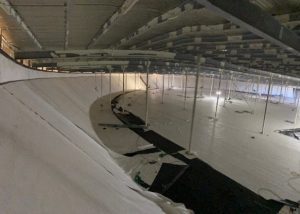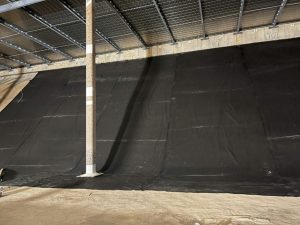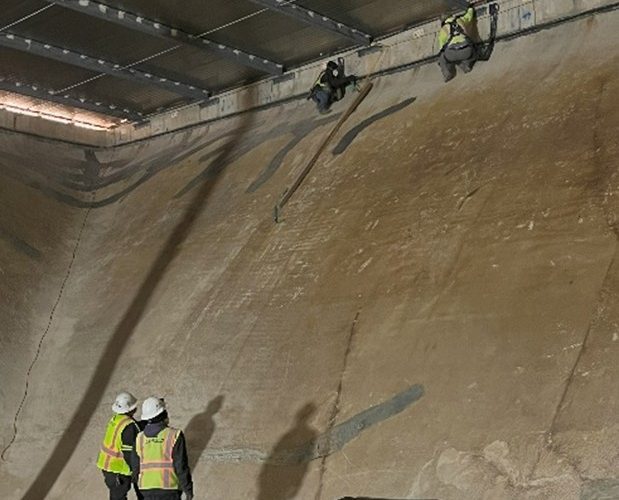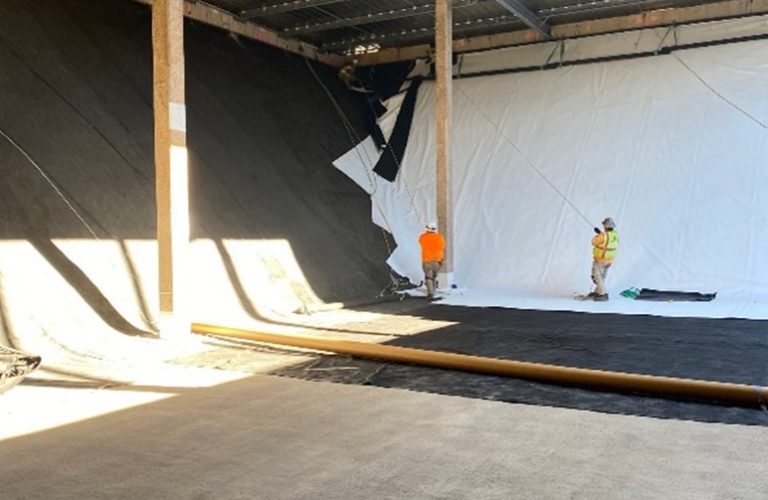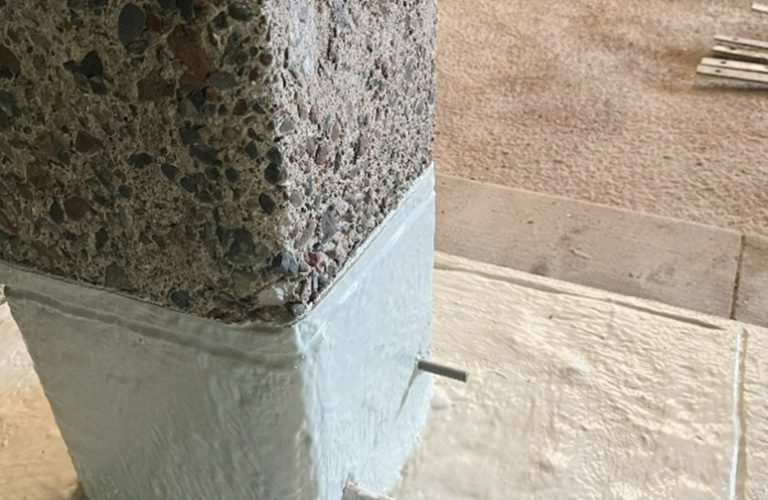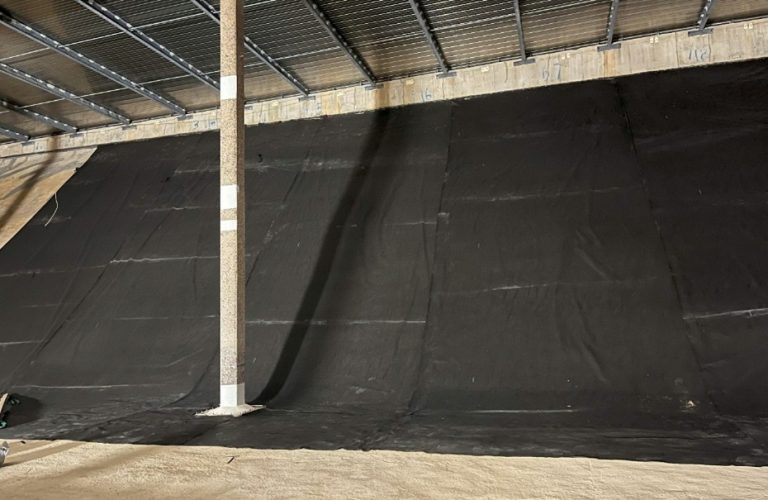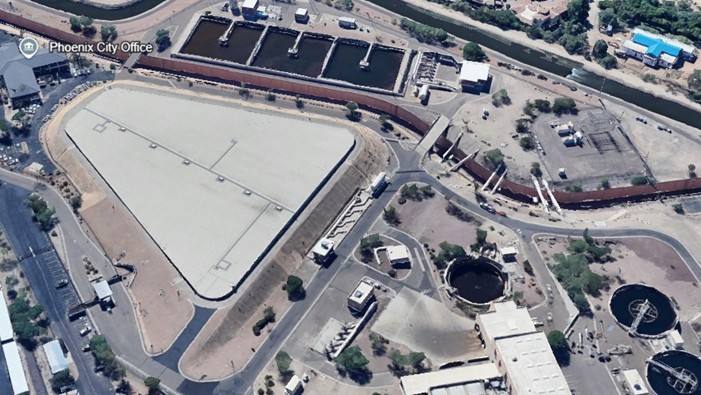PROJECT SUMMARY
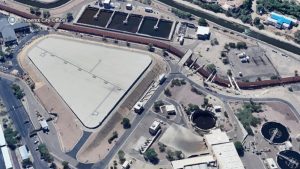
The City of Phoenix undertook a critical infrastructure project to rehabilitate its 24th Street Reservoir, a 20 million gallon (76 million liter) concrete facility vital in supplying potable water to local residents. The scope of work included decommissioning and removing the existing liner, followed by the installation of a new, high-performance lining system to ensure long-term durability and water quality. This upgrade was essential to Phoenix’s 24 Street underground reservoir, maintaining the integrity and reliability of the city’s drinking water supply.
SOLUTION
To ensure long-term performance and safety in the relining of the 24th Street Underground Reservoir, the City of Phoenix selected HypaFlex® CSPE (formerly known as Hypalon) as the lining material. This geomembrane was chosen for its exceptional chemical resistance to chlorine and chloramine—common disinfectants that can degrade less robust materials. HypaFlex® CSPE offers a proven 50-year track record in potable water applications, is NSF/ANSI 61 certified for drinking water safety, and demonstrates superior resistance to stress cracking and environmental degradation. Its ability to withstand high ambient temperatures also makes it particularly well-suited for Arizona’s extreme climate conditions.
CHALLENGES & RESULTS
Concrete structures in underground water reservoirs are inherently prone to cracking due to a combination of material and structural factors. Drying shrinkage, temperature fluctuations, and hydrostatic pressure from surrounding soil and groundwater contribute to stress and potential cracking over time.
The relining of the 24 Street Underground Reservoir presented several technical challenges, particularly in deploying and installing the geomembrane liner across a complex array of internal structures. The installation required precise sealing around:
- 120 vertical columns
- Inlet and outlet pipe structures
- Concrete access stairways
- Concrete bases supporting baffle curtains
Each element required a watertight mechanical seal, which was achieved using stainless steel bars and neoprene gaskets drilled and bolted at 6-inch intervals to ensure long-term integrity.
A particularly demanding aspect of the project involved securing the liner to the top of a 32-foot-long 1:1 slope wall. This required specialized safety measures, including technician harnesses and a cable-supported wood plank system to ensure safe access and installation.
To reduce field welding and improve efficiency, Layfield’s Lakeside, CA, facility custom-fabricated 76 liner panels in widths of 20 and 36 feet, with lengths ranging from 46 to 264 feet. All factory seams were thermally wedge welded and rigorously tested—both destructively (for shear and peel strength) and non-destructively (using vacuum box and air lance methods). An 8oz geotextile cushion fabric was installed beneath the HypaFlex® CSPE liner to accommodate the rough concrete floor and enhance liner protection.
The project was completed successfully and delivered on schedule, with the client expressing satisfaction with the final result. Layfield Geosynthetics maintains a high quality standard across its installations by integrating several core practices. These include selecting the most suitable materials for each application, utilizing precision factory fabrication, and implementing rigorous Material Quality Assurance (MQA) and Construction Quality Assurance (CQA) protocols. Layfield’s experienced personnel and strong project management ensure that each installation meets performance expectations and client requirements.
